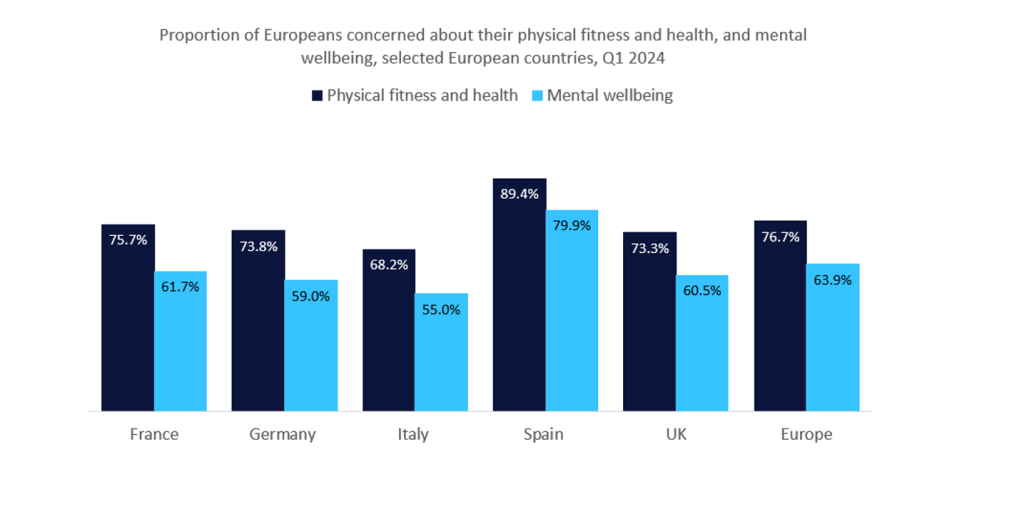New life insurance products should be designed
in a way that interest rate risks, can be effectively hedged,
according to the latest sigma study from Swiss Re.
The study notes that interest rates have been
falling over the last 30 years, with yields on 10-year government
bonds falling below 2% recently in many markets.
Insurers, as large institutional investors
managing around $25 trn or 12% of global financial assets,
therefore suffer greatly from low investment yields.
The study adds that the impact of low interest rates on insurers
also affects policyholders because the cake shrinks for all –
translating to fewer benefits or to higher premiums for equal
protection.
Interest rate risk
On the life insurance side, savings products
are the most exposed to interest rate risk because investment
income is the main source of profit. In addition, hard-to-predict
policyholder behaviour, such as lapses, makes it difficult for
insurers to project their cash flows, thus complicating their
asset-liability management.
How well do you really know your competitors?
Access the most comprehensive Company Profiles on the market, powered by GlobalData. Save hours of research. Gain competitive edge.

Thank you!
Your download email will arrive shortly
Not ready to buy yet? Download a free sample
We are confident about the unique quality of our Company Profiles. However, we want you to make the most beneficial decision for your business, so we offer a free sample that you can download by submitting the below form
By GlobalDataLukas Steinmann, sigma co-author, said:
“Sensitivity to interest rates is highest when guarantees are rigid
and business duration is high”
The study also shows low interest rates affect
insurers gradually because only part of their total investments is
invested at market yields, such as their current premium
income.
Astrid Frey, co-author of the sigma study
noted: “Interest rates have delayed impact on insurance investment
portfolios, allowing insurers time to reach but also tempting them
to postpone necessary remedial action in hope that interest rates
will rebound.”
The study acknowledges that for many life
insurers, solutions to low interest rates are limited because
policy terms for in-force business with generous and rigid
guarantees cannot be changed.
However, it said life insurers can optimise
their asset management, hedging, and operational costs. They can
also offer to exchange existing policies for new products that
offer similar benefits, but are easier to hedge.
Kurt Karl, chief economist of Swiss Re,
said: “New life insurance products need to be re-priced and their
guarantee levels adjusted, but also they should be redesigned so
that they can be more easily hedged against interest rate risks.
Regulators can facilitate this.”
The Swiss Re study also argues that the life
industry will need to address how do the economic costs of
guarantees offered compare with policyholder willingness to pay for
them?
Steinmann said: “Difficult-to-hedge guarantees
that create little value for customers at the point of sale must be
eliminated. The current low interest rate environment offers an
opportunity to create a win-win situation for both insurers and
policyholders, ensuring that all parties are better prepared for
any interest rate scenario in the future.”







